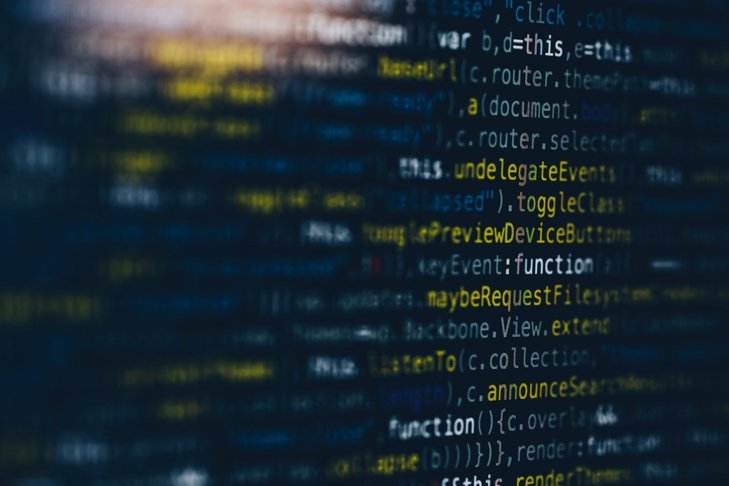
From protecting against malware, to securing your networks, to spotting phishing emails and beyond, cybersecurity is an increasingly complex facet of technology. With the ever-growing range of threats and defenses that exist today, we need to be diligent about the measures we take to protect our data and devices.
It’s no longer simply a matter of finding the best software or following the best practices. You may have to dig deeper and ensure that the solutions you opt for don’t have the potential to harm your security more than they help.
Let’s establish a foundation with some tried-and-trusted cybersecurity tips. Then, we’ll briefly explore a few security solutions that actually decrease security. The following guidelines are useful for both consumers and companies, so be sure to consider them.
Improving Security
We’ll begin with your devices and networks. As you may be aware, the option to encrypt your data is available on almost every operating system and various services, including certain email providers. It’s wise to enable encryption wherever possible. In doing so, you can ensure that your data is rendered useless in the event that it’s compromised.
Of course, this might also leave you unable to access important files yourself, which is why regular backups are a must, onto either an external drive or a cloud storage service. The latter is generally considered safer.
Along with backups, you can usually enable automatic updates to the software you use on a daily basis. Make sure that your devices are running the latest versions of their operating systems and do the same for apps. Here are some additional recommendations:
- Change the password on your modem and router
- Check and configure app privacy settings
- Disable Bluetooth when you’re not using it
- Install firewalls to protect your network
- Immediately delete suspicious emails from unknown senders
- Use passphrases instead of passwords
- Wipe your devices before donating or selling
What about using a VPN service? This brings us to our first solution that may not be as secure as you might think. In fact, the flaws of VPNs are becoming increasingly apparent with the growth of cloud and mobile technologies. For instance, there are no access control measures, which make VPNs a burden to configure, manage and deploy in companies.
The good news is that this two-decade-old technology has an alternative. It’s called a proxy and it helps you stay secure by hiding your IP address in a similar way, namely by routing your request through the provider’s server before reaching its destination. You also retain the benefits, such as having access to geo-restricted content.
Businesses are particularly interested in proxies today as they’ve become a vital tool for web scraping. You can head over to this site to learn more about proxies. For now, let’s discuss the other security solutions that decrease your security.
Antivirus Software
After spending months researching software, reading reports and consulting experts, the Wirecutter team at the New York Times found that most people should neither pay for premium antivirus programs, nor use free alternatives. They concluded that the “best” antivirus for most people is already on their devices.
In other words, your desktop is likely secure enough with the built-in Windows Defender enabled, just as your Android or iOS device is equipped with ample security out-of-the-box. This is especially true when almost every antivirus you can download has proven vulnerable on at least one occasion.
There’s no single antivirus that can reliably catch every malicious software that makes its way to your computer. In fact, the steps you take along the lines of backups, passwords, encryption, updates and privacy tools tend to play a larger role in this regard. You also need to be mindful of what you download and open on the internet.
That alone can protect you from the vast majority of malware. Granted, if you believe that your circumstances warrant additional protection, you may by all means install an antivirus program. What matters most is that you choose one from a reputable company with high ratings. Look for their scores in the following factors:
- Detection rates
- Layered protection
- Privacy policy
- System impact
- Support service
- Usability
Facial Recognition
You’ve probably already used or still use some form of facial recognition on a daily basis. While the technology is certainly impressive, it’s not without some caveats.
Another team, this time from cybersecurity firm McAfee, decided to test the facial recognition system used by airports to verify passports. By using machine learning algorithms, they were able to render an image of a face that appeared to be one person to the naked eye, and someone else by the facial recognition software.
This could effectively trick the program into allowing an individual on the no-fly list to pass through security undetected and board a flight. Granted, the methods used by the researchers were highly complicated and required technical expertise. They also tested the attack on open-source algorithms and not the actual system used by the airport.
That said, the similarities between facial recognition technologies are close enough that it’s not impossible for this to happen in real-life scenarios.
Are you up-to-date with your cybersecurity measures? Now is a better time than ever to make sure that you’ve covered the basics. Just remember that when it comes to cybersecurity, sometimes less really is more. Following the right practices is often far more conducive to protecting your data than downloading a suite of software.








